|
|
|

![]()
Shortly after midnight on Christmas Day 1492, Columbus' flagship, the Santa Maria, ran aground in coral reefs off the northern coast of the island of Hispaniola. Taking this disaster as a sign from God, Columbus ordered the Santa Maria to be dismantled, and her timbers to be used to construct a settlement called La Navidad. Forty men remained at La Navidad as Columbus sailed home on his two remaining ships, the Pinta and the Niņa. All were dead by the time Columbus returned to the Caribbean less than a year later. Some had died of disease; more had been killed while trying to plunder the lands; and a local chief, wanting to stamp out the source of his people's troubles, massacred the rest. La Navidad was so thoroughly wiped out that to this day scholars are uncertain about its location.
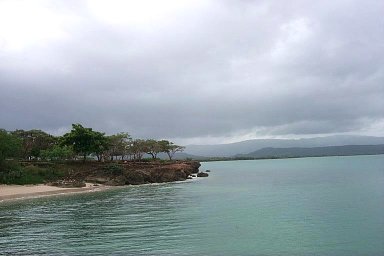
Undaunted, Columbus made a second attempt to settle Hispaniola at La Isabela, also on the northern coast. His choice of location this time was little better than the first. At first glance La Isabela looks lovely and enticing, but it proved to be in an infertile and extremely unhealthy area. La Isabela was established in December 1493. After barely 4 years of disease, starvation, abuse of the native Tainos, and the constant threat of rebellion by the Spanish settlers, La Isabela was abandoned in 1498.
All that now remains of La Isabela are some building foundations. In a supreme example of misguided historical enthusiasm, the dictator Trujillo brought in bulldozers to spruce up the site in the 1950s. The bulldozers then proceeded to push all the buildings into the sea. Oops.
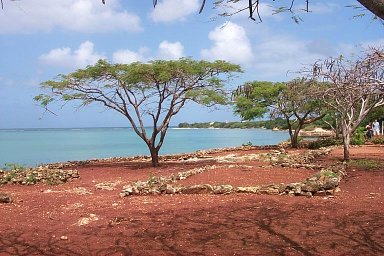
Archaeologists have placed stones where they believe houses were located.
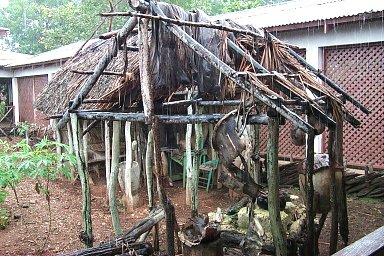
A reconstruction of a shelter used for cooking, with utensils inside.
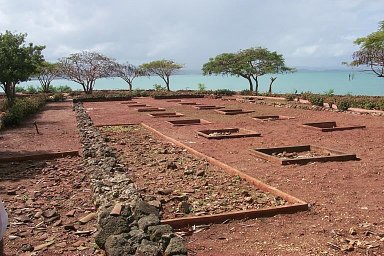
The wooden frames indicate recent archaeological activity. These are scattered throughout the site. Archaeologists have found many everyday items amid the ruins of La Isabela; after careful excavation and cleaning, the more interesting relics are put in the park's museum.
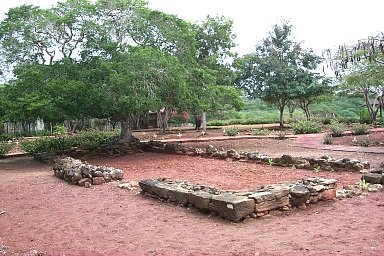
The church.
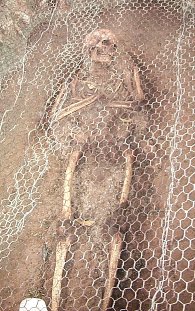
A Spaniard's grave. According to our guide, Spaniards were buried in Christian fashion, with their arms crossed across their chests, while the resident Tainos, many of whom had been baptized, were buried in a fetal position.
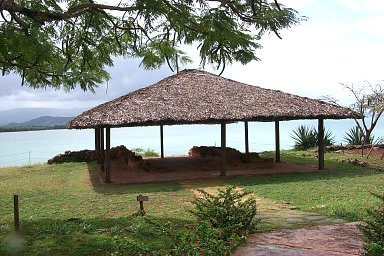
The remains of Columbus' house.
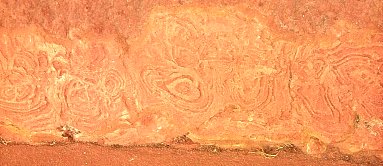
Around the foundation are decorative swirls executed by the Tainos who built the house.
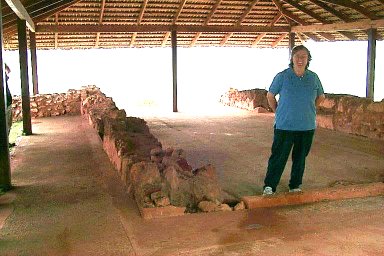
Professorial privilege once again: I get to stand in Columbus' house. Outside I may be smiling, but inside, I'm thinking about all those who lost their lives here, and it's rather chilling.
![]()